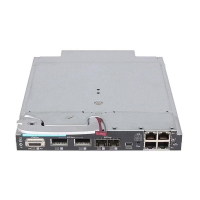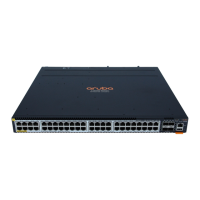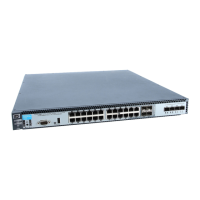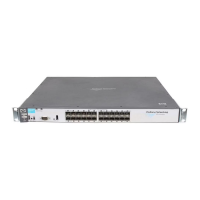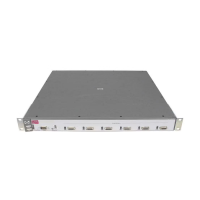316
Default level
2: System level
Parameters
group-name: Name of an IPv4 or IPv6 peer group, a string of 1 to 47 characters.
ipv4-address: IPv4 address of a peer.
ipv6-address: IPv6 address of a peer.
as-number: Specifies the AS number of the peer/peer group, in the range of 1 to 4294967295.
Description
Use peer group to add a peer to a configured peer group.
Use undo peer group to delete a specified peer from a peer group.
By default, the peer does not belong to any peer group.
Examples
# Create a peer group named test and add the peer 1:2::3:4 to the peer group.
<Sysname> system-view
[Sysname] bgp 100
[Sysname-bgp] ipv6-family
[Sysname-bgp-af-ipv6] group test external
[Sysname-bgp-af-ipv6] peer 1:2::3:4 as-number 200
[Sysname-bgp-af-ipv6] peer 1:2::3:4 group test
peer ignore (IPv6 address family view)
Syntax
peer { ipv6-group-name | ipv6-address } ignore
undo peer { ipv6-group-name | ipv6-address } ignore
View
IPv6 address family view
Default level
2: System level
Parameters
ipv6-group-name: Name of a peer group, a string of 1 to 47 characters.
ipv6-address: IPv6 address of a peer.
Description
Use peer ignore to terminate the session to a peer or peer group.
Use undo peer ignore to remove the configuration.
By default, a router can establish sessions with a peer or peer group.
After the peer ignore command is executed, the system terminates the active session(s) with the specified
peer or peer group and clears all the related routing information. For a peer group, all the sessions with
the peer group will be torn down.

